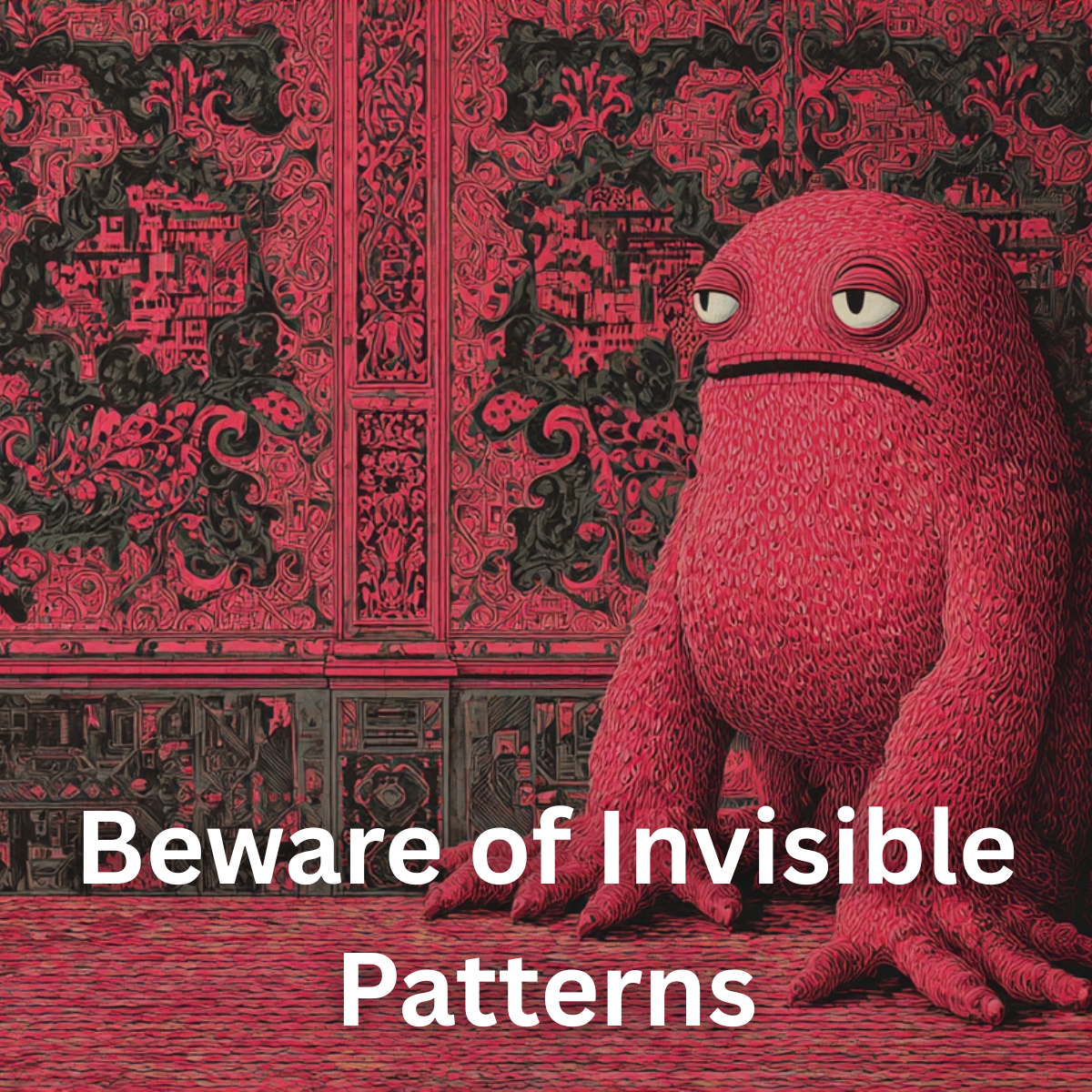After midnight the office becomes a different country. The glow from the monitor feels like a small moon, the artwork becomes a chorus of silent witnesses, and the motivational pieces along the wall try their best to nudge me forward. I am here with our new product and a ticking clock. It is on the wall above my desk, face split between clever and annoying. Around the dial the designer wrapped a sentence. The history of art. Only the hour hand hides the r, so for the last hour it has said something else. The history of At. Every tick makes fun of me.
I am trying to make a thing that deserves to exist. That is the phrase I use to keep myself honest. I know the odds. I also know what people mean when they tell me I am trying to overcome them. They mean the chances are low. They mean larger companies have more resources. They mean we are attempting something that demands creativity and persistence and all the extra work that never makes it into the brochure. They mean most people would have closed the laptop by now and driven home. They mean the story on the wall says this probably will not work.
I used to believe that language at face value. Beat the odds. It sounded heroic. It sounded like a way to push through the resistance with a single stroke. That is not how it works. The math never broke. All that happens is a less likely outcome occurs, one that still sits inside the curve. Probability speaks in the plural. It is not a fortune teller for a single night in a small office. If the chance of success is one in ten, that does not forbid the one. It does not make the nine a warning label for my life. It only says that many attempts end the same way. Someone is still the one.
I look up at the clock again; the r is still hidden, and the word At keeps staring back. I decide to make it a prompt. At this line of code. At this sketch. At this decision that looks boring from the outside but will either reduce friction for a thousand future users or add one more invisible splinter to their day. The history of At. The accumulation of little choices that redefine what is possible. It is not a miracle. It is a practice.
So I change how I am sitting. I pull the document with the error logs to the front. I write out what I think I know, then cross half of it out. I message a friend who has seen this problem and ask for five minutes of blunt advice. I move a sticky note from the top right corner of the monitor to the middle where it can bother me into action. Train more. Learn the skill until my hands stop arguing with my ideas. Change the environment so that it pulls me toward better moves. Ask for help from people who know the terrain. Iterate instead of indulge. Persist beyond the average stopping point. None of these actions guarantee anything in isolation, but together they move the center of my personal distribution.
Most low probability outcomes that become victories look like this from the inside. A person refuses to behave like the average sample in the statistic. If most quit after three tries, I can keep going to thirty. If the average review cycle takes a week, I can shorten mine to a day. If most people wait for external permission, I can grant my own. The numbers do not change for the population, but they do change for me. I am not beating the odds. I am reshaping them through behavior.
There is still a boundary to respect. If the game is designed to make me lose and I insist on repeating the same move, the long run will collect its fee. If I refuse to learn, if I keep my strategy fixed in a changing landscape, if I stand on the same square and wonder why the same storm keeps arriving, then the probability will have its way. That is not destiny; it is a reminder to move. The advantage human beings possess is movement. We can improve our capabilities. We can change our strategy. We can shift the playing field or even step into a different game. And when small advantages begin to compound, the story changes from unusual luck to inevitable result.
I draft another bug report and send it to the slack channel. I trace it backward to the moment I made a lazy assumption and wrote a story that did not quite get it right. I feel the sting, then I correct the mistake. The team starts to work on the fix. Now a choice appears that did not exist an hour ago. The door is still the same door, but I am different. I think about that phrase again. Overcoming the odds. What people mean is that I defied an expectation. I changed my trajectory by behaving in a way that most people talk about and with fewer practice. I turned a low probability scenario into something reasonable with time, effort, and an unwillingness to leave when the clock began to mock me.
The minute hand jumps. The hour hand moves just enough to reveal the r. The history of art returns to its intended form. I smile at that. Not because the clock is clever, but because it reminded me of the truth in a strange way. We create the history of art the same way we create the history of work. One choice at a time. At this task. At this keyboard. At this hour when the building is empty and the temptation to quit is greater than the energy to continue.
I close down my laptop and write a note on the paper in front of me as a reminder. There is no fanfare. There is only the tick that has become less annoying, and the quiet that now feels like company. The artwork and the motivational pieces keep their watch. The agency does not need to shout. It just needs to return to the task with a small improvement and a willingness to try again. If someone later says I overcame the odds, I will nod and let the phrase pass. I will know that what happened here was something else. I did not bend the math. I bent myself. I kept moving until the possible nudged a little closer, and the next door opened with less effort than before.



